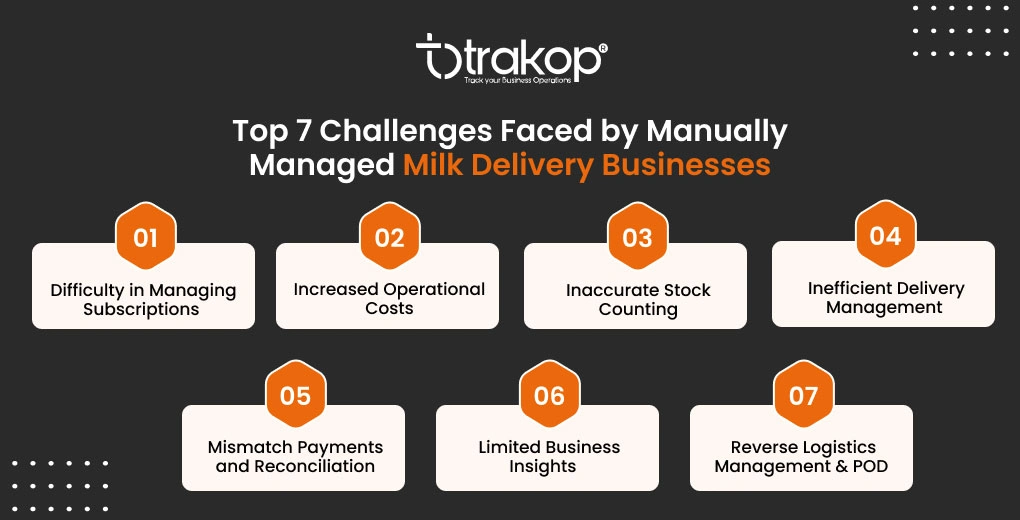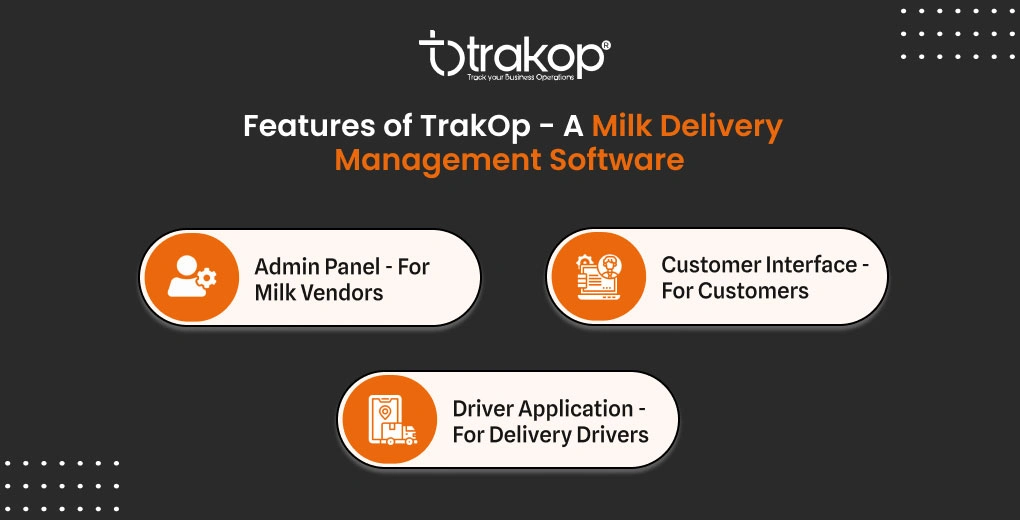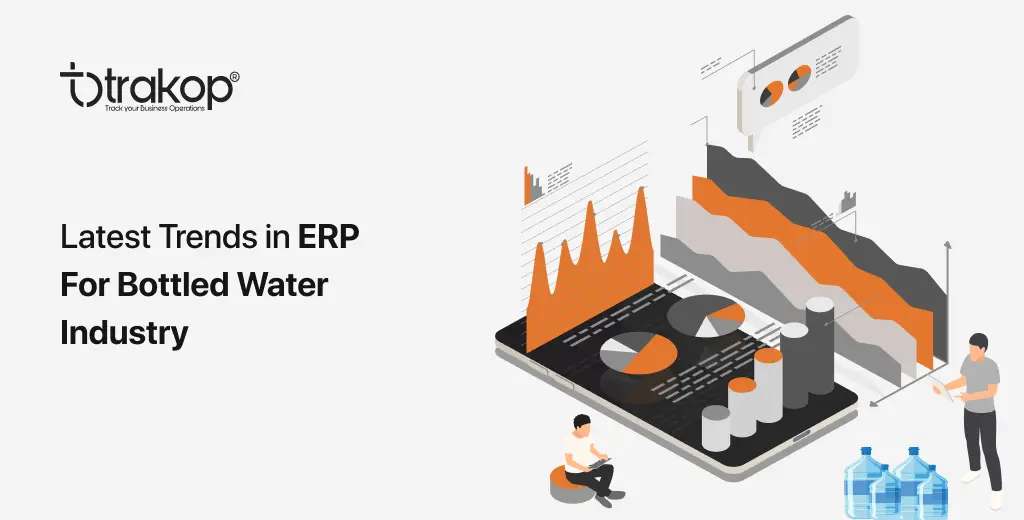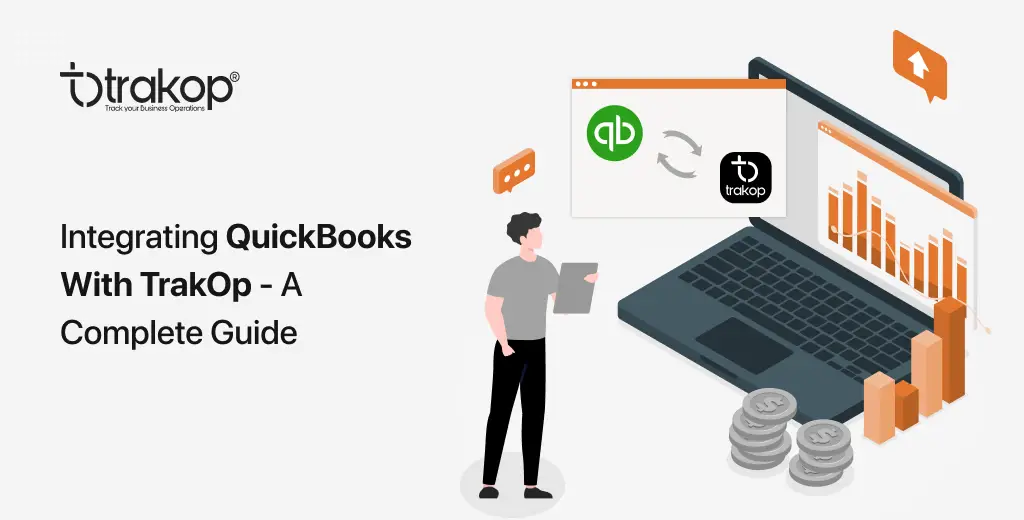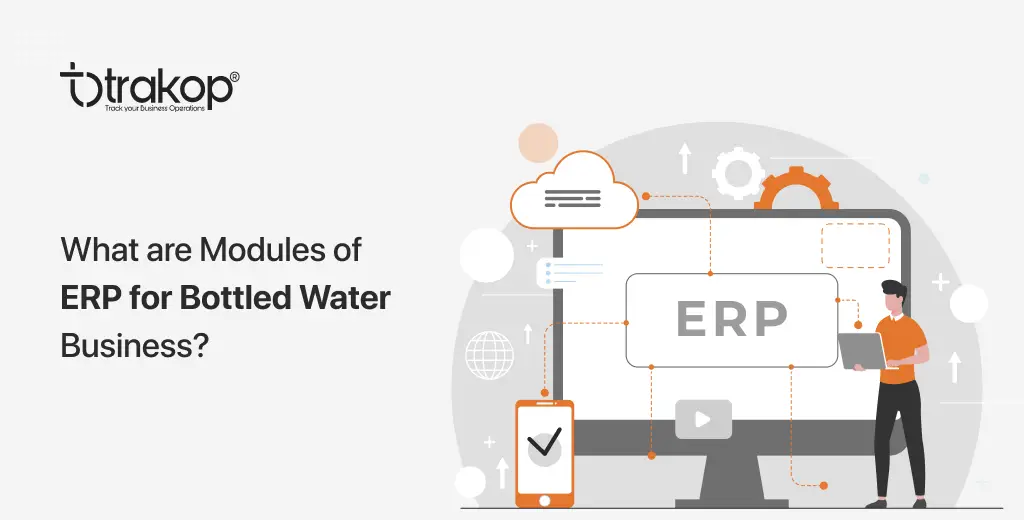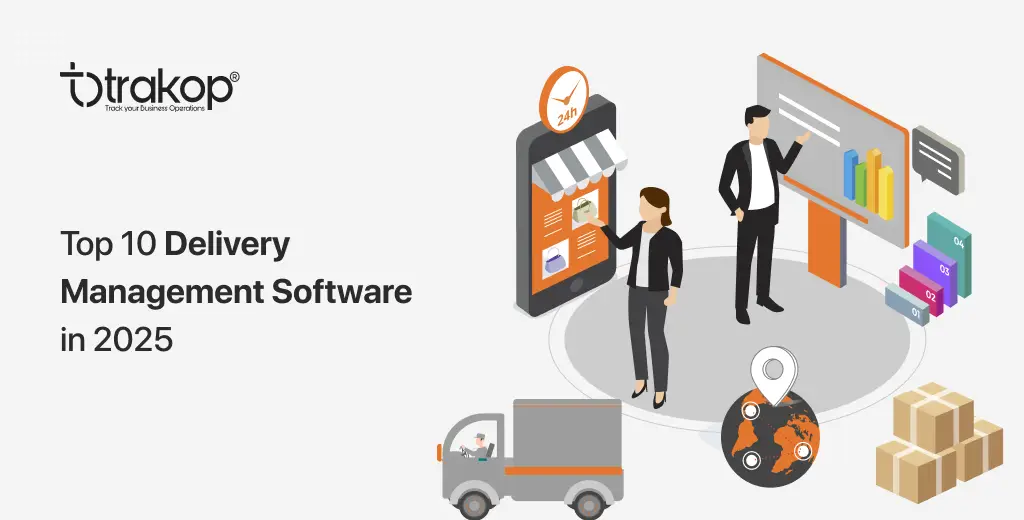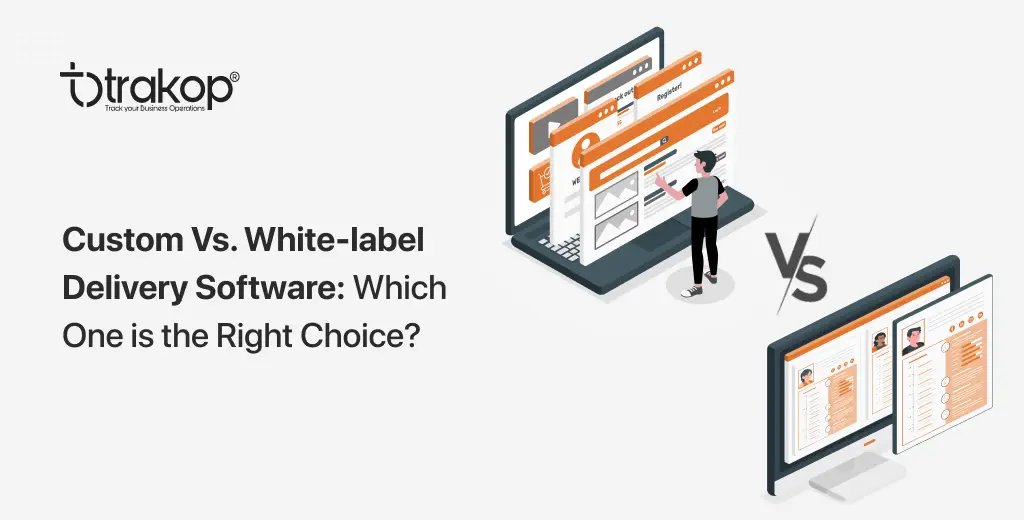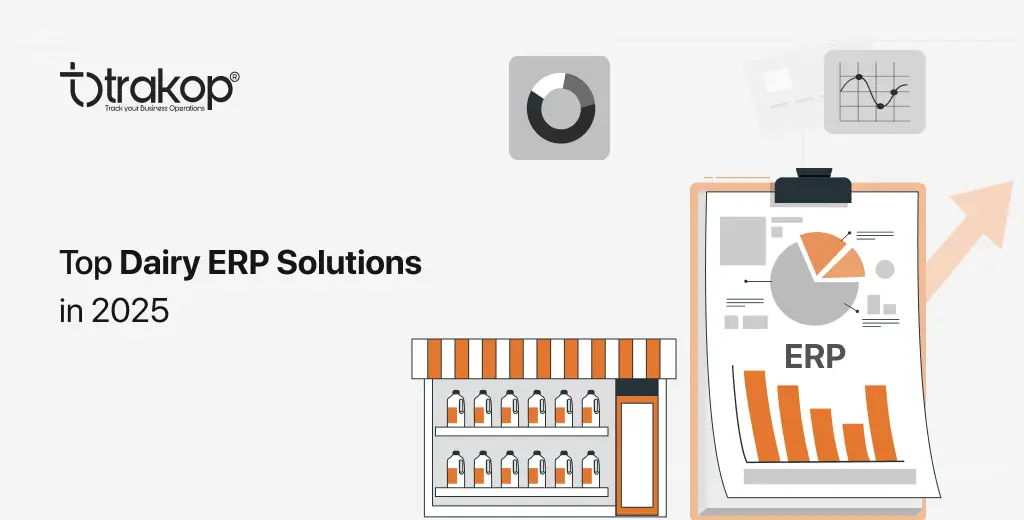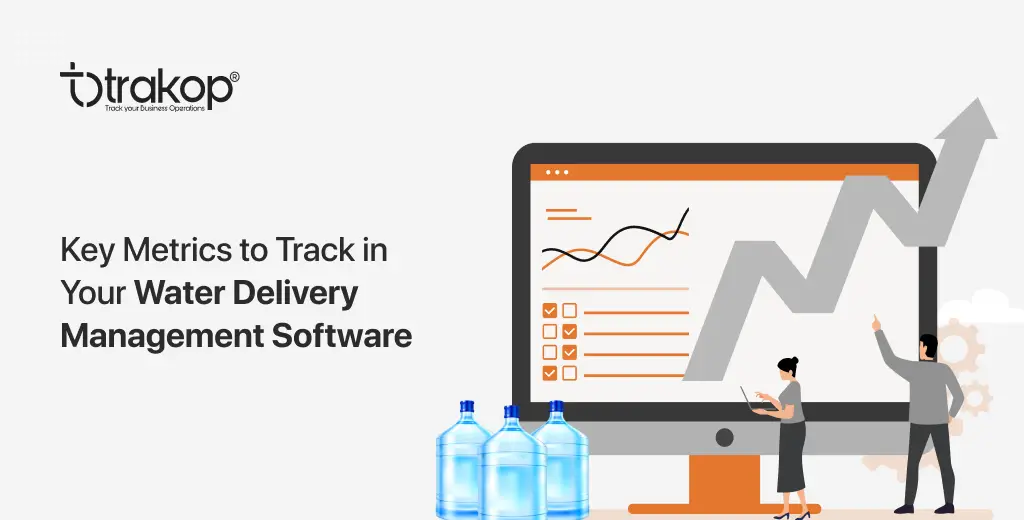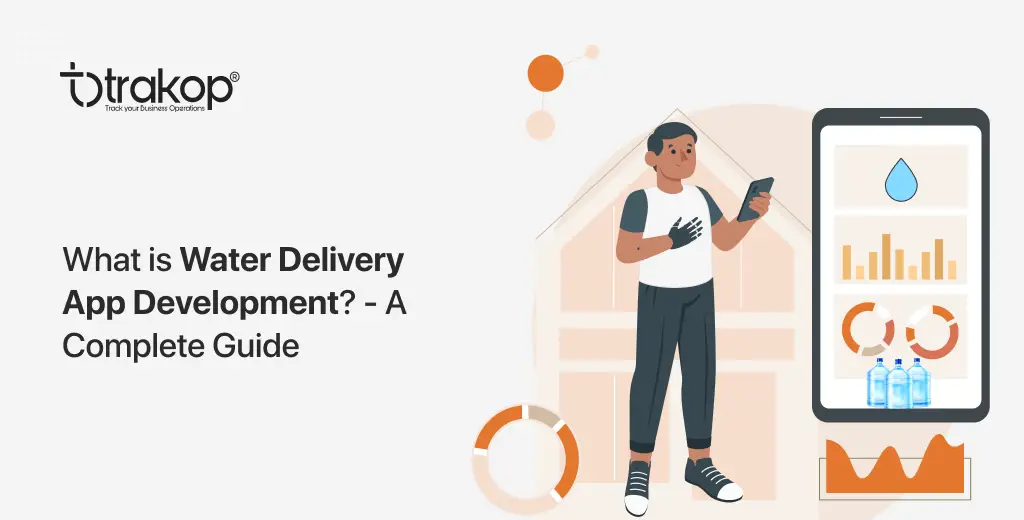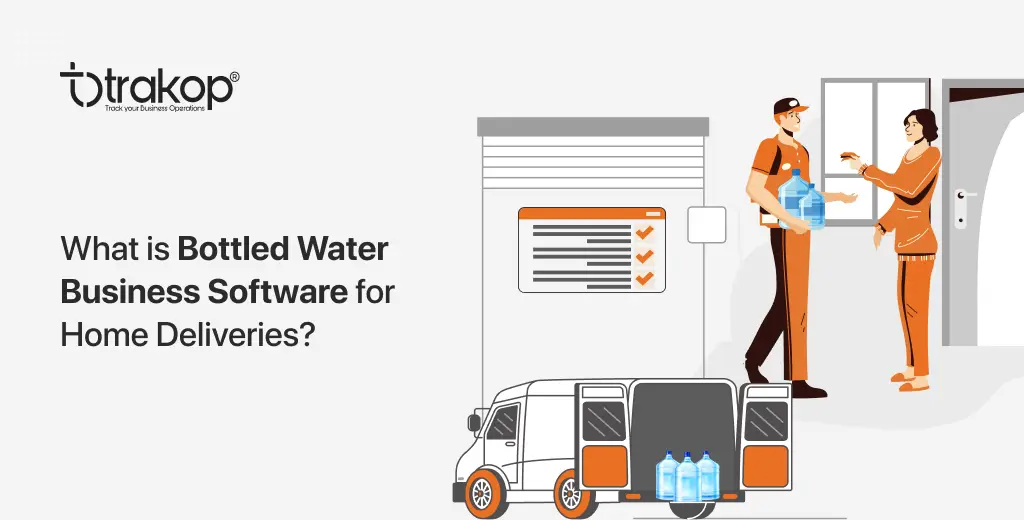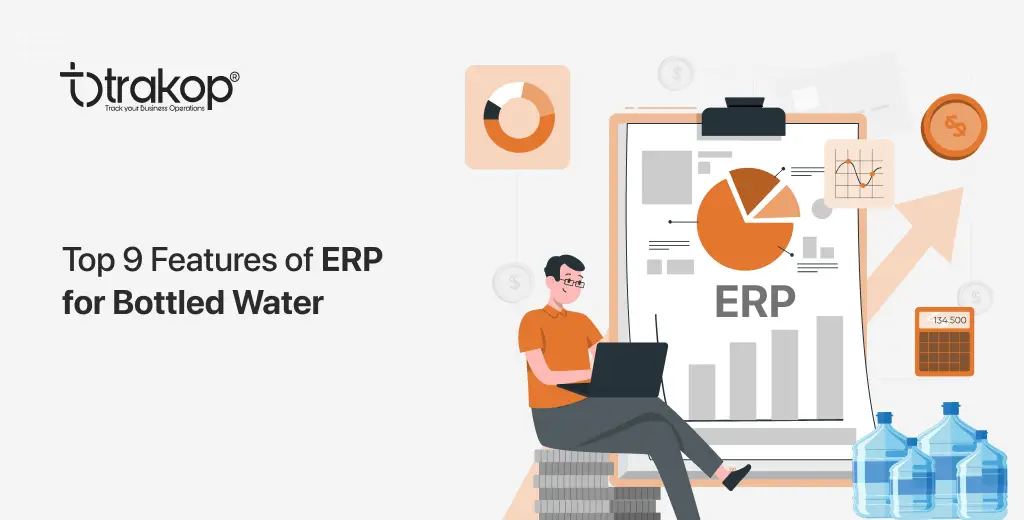Challenges in Milk Businesses Without Milk Delivery Software
Milk is a staple food and a daily morning requirement for almost all households. With technological advancements in milk delivery software solutions, doorstep delivery has become a trend. However, managing milk deliveries to customers’ doorsteps can be operationally and logistically challenging.
Do you have a milk business?
Are you facing operational challenges that are impacting customer satisfaction and your revenue?
This blog will explore challenges in milk delivery businesses and offer a solution – TrakOp. We’ll start by understanding how these challenges came into existence.
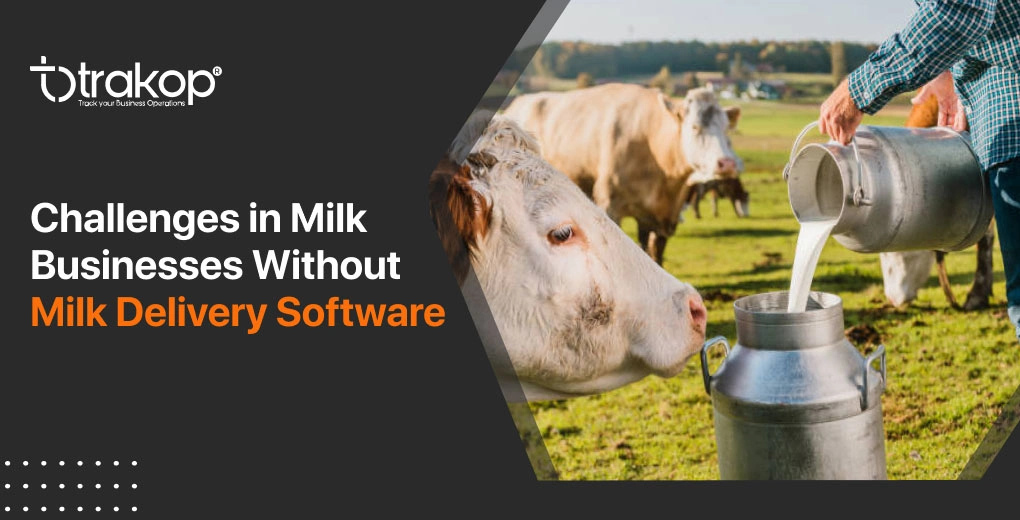
Table of content
The story of milk business – from family farms to milk delivery business
In earlier times, most families kept cows or other milk-producing animals as consistent and readily available sources of fresh milk. But, as societies evolved, people started specializing in different occupations. This led them to reply to others about their milk needs. This increased the demand for milk for individuals who still raised livestock. They supplied milk to those who no longer raised livestock.
Urbanization accelerated this trend. As urban cities expanded, the number of people raising dairy animals decreased while demand increased. This transition resulted in the transformation of livestock raising from a household activity to a specialized business. Many individuals took advantage of the opportunity of milk delivery and established dairies to meet the growing needs of urban populations.
With the ambition to deliver milk to a larger consumer base, new challenges emerged in managing and delivering milk efficiently. Milk delivery businesses now face the challenge of providing timely deliveries, managing subscriptions, and building reliable distribution networks to reach a wider customer base. Businesses have started using technologies like milk delivery management software solutions to handle these challenges. However, many operate their milk delivery businesses manually and encounter the below-mentioned challenges.
Challenges faced by milk delivery businesses without delivery software
Manually managed milk delivery businesses face several challenges that can lead to delayed deliveries, stockouts or overstocking, missed or wrong orders, and bad debt. These impacts can lead to operational inefficiency, productivity, profitability, and customer satisfaction.
Top 7 challenges faced by manually managed milk delivery businesses without milk delivery software
Difficulty in managing subscriptions
Managing milk subscription orders manually for a smaller customer base is easy. However, it is challenging to manage subscriptions for more than 70-100 customers. Placing, editing, or pausing and resuming is time-inefficient for you and your customers. You might forget or update the subscription order details in the order sheet when taking orders on the phone or via WhatsApp, SMS, or email.
Increased operational costs
Manual operation management requires staff to do the tasks, from taking orders to scheduling them and listening to customer queries. Manual tasks are always at risk of human error. Hiring staff and reworking the errors can increase operational costs. High operational costs can impact revenue. Order handling requires staff and any errors increase the administration and operational costs. The process of manually creating routes for multi-stop deliveries is inefficient, resulting in high delivery costs, and delayed deliveries, and reduces the efficiency and productivity of your drivers. When invoices are manually created, there is a chance of errors and rework, which increases costs and leads to late payments.
Inaccurate stock counting
Counting stock manually has errors, leading to overstocking or stockouts. This results in losing potential consumers and product spoilage, increasing operational costs. You don’t have precise data on stock available, required, and extra to be purchased to fulfill customer demand. You are unable to monitor the buffer stock given to the drivers.
Inefficient delivery management
Manually managing deliveries can make your deliveries inefficient, increasing turnaround time and fuel costs and reducing driver productivity and customer satisfaction. Manually linking delivery schedules and creating multiple routes can be confusing and time-consuming. Assigning drivers to particular routes and managing them manually is difficult. Creating optimized multi-stop routes is difficult and always carries the risk of errors. These errors can lead to missing out on deliveries. The inability to track delivery drivers in real time makes it difficult to monitor their performance.
Mismatch payments and reconciliation
Payments are done online, using payment apps, like Gpay or PayPal, and via cash. It takes a lot of work to track online payments. Cash payments made to the drivers are at risk of being lost. Matching and recording payments from transaction history on a sheet can be full of human errors. These errors can create gaps between the payments received and those due, leading to bad debt. You do not have error-free data to cross-check payments received with the expected ones.
Limited business insights
Manual business management can limit your view of your business. Customer satisfaction, delivery efficiency, product performance, and behavior are difficult to understand. The inability to understand customer behavior restricts you from offering them a personalized experience. Improving business operations is difficult without knowing why deliveries are late or incorrect. No or little data on customer acquisition and churn can result in an inability to develop effective marketing strategies, understand customer behavior, and optimize retention efforts.
Reverse logistics management and POD
Reverse logistics in the milk delivery business refers to tracking empty milk containers, like glass bottles returned by customers. Delivery drivers cannot obtain proof of delivery manually. It is impossible to track empty milk bottles manually, which can result in losing them. This results in financial losses, increasing the operational costs. It makes delivery to the intended address verification difficult. Lack of proof of delivery can lead to increased customer disputes and dissatisfaction.
How can TrakOp help in handling these challenges?
TrakOp is a SaaS technology designed for subscription-based scheduled delivery businesses, like milk delivery. This milk delivery system simplifies subscription order management, recurring invoice creation, payment collection, delivery planning, stock management, and reverse logistics. You may be wondering how TrakOp helps manage these challenges. We’ll explore the features of TrakOp that help manage them.
Features of TrakOp – a milk delivery management software
TrakOp, milk delivery management software, offers you three platforms that work together in sync, to provide real-time updates. These three platforms are:
Admin panel – For you (Business owner)
The admin panel is a business dashboard that provides overall visibility of milk delivery operations, from order processing to payment and order delivery, in real time. It helps you manage, track, and monitor orders, payments, stocks, and deliveries. The system also provides reports and analytics that help you track your business health.
Features offered by the admin panel
- Order processing
- Place, edit, and cancel orders for your customers. You can also pause and resume subscriptions.
- Accept orders placed from the customer interface. You can also choose to auto-accept the orders
- Auto-generate order summaries. They can be accessed at any time.
Payment collection
- Auto-generate recurring invoices based on the successful deliveries made. These invoices are shared with the customers on the customer app and via SMS, email, and Whatsapp.
- Multiple payment integrations. You can integrate online payment gateways like Stripe, Gpay, and PayPal. You can also accept cash payments.
- Send pending payments and low wallet balance reminders to your customers.
- See all the transactions, including those credited to your account and the customers’ wallets and refunds made to customers.
Delivery planning and optimization
- Define serviceable or deliverable areas, create routes and delivery schedules, and assign drivers to the routes. The order placed by the customer from a particular route will be allotted to the driver to whom that route has been assigned. The order is delivered on the defined schedule.
- Optimise delivery routes by sequencing multi-stop deliveries.
- You can live-track your drivers and orders from the delivery maps integrated into the system.
- You can manage your delivery drivers and vehicles.
Stock management
- The auto-generated stock reports enable you to keep track of available stock, required stock, and total stock required.
- Track buffer stock that was given to your delivery drivers.
Reports and analytics
- Sales report – total sales, all transactions, customer-wise sales, product-wise sales, schedule-wise sales, area-wise sales, product performance, and reconciliation report.
- Payments report – payment received, failed payments, monthly billing, driver cash report, and, revenue per customer (ARPU) report.
- Inventory report – low inventory, future inventory demand, inventory picked, and dispatch report.
- Customer report – pending containers, total containers, customers created by drivers, reward point history, low credit balance report.
- Delivery report – sales from product deliveries, delivery summary, orders delivered by drivers, and rejected order report.
Reverse logistics
- Track empty milk containers that are collected and given to the customers.
- Add prices to the milk containers. You can make the price refundable when the empty bottles are returned.
Notifications and promotions
- You can send custom or personalized notifications to your customer
- You can offer to refer and earn.
- Give discounts and special offers to your customers.
- You can also provide credit limits to your loyal customers.
Customer interface – For your Customers
The customer interface can be a mobile app for milk delivery for iOS and Android devices or a website. This interface allows customers to manage their orders on their own.
Features of the customer interface are:
- The mobile app for milk delivery provides the flexibility of customizing orders. They can select products, and choose delivery frequency, delivery schedules, and the number of deliveries according to their preference.
- Customers can place, edit, and cancel orders from the mobile milk delivery app. They can also pause and resume subscriptions. They can access their order history from the app.
- Offers flexible payment options. They can make their payments online or in cash to the drivers.
- Enables customers to receive notifications about order status, like order accepted, delivered, canceled, or rescheduled. They also receive pending payments and low-balance reminder notifications.
- Customers can track their orders in real-time and receive estimated delivery times.
- They can give feedback and suggestions about the service and products.
- Customers can use discounts and other special offers given through this mobile application.
Driver application – For your delivery drivers
The milk delivery driver app is designed for your drivers. It gives them daily task clarity and includes information on – what to deliver, whom to deliver, and where to deliver.
Features of the driver app are:
- Shows delivery details like orders, addresses, and customer names.
- Mark deliveries as delivered, cancel, and reschedule.
- Obtain proof of delivery in the form of a picture and digital signature.
- Accept online payments by recording the transaction ID. Collect and record the cash on the app. Drivers and customers can confirm payments using the OTP received from customers on their registered numbers. The recorded entries get auto-updated on the admin panel.
Conclusion
With increasing customer demands, operating a milk delivery business without milk delivery management software is challenging. Traditionally, managing orders, deliveries, and customer interactions was prone to errors and ineffective in meeting modern customer demands. Implementing technology has revolutionized the way milk delivery operations are operated. If you are also looking for technology to improve your business operations, book a demo and see how we can help.
Hope You Enjoyed the Read!

He loves to explore. His passion for helping delivery industries in all aspects flows through in the vision he has. In addition to providing smart solution to make delivery process flawless, Ravi also likes to write sometimes to make it easier for people from business industry looking for digital solutions.
